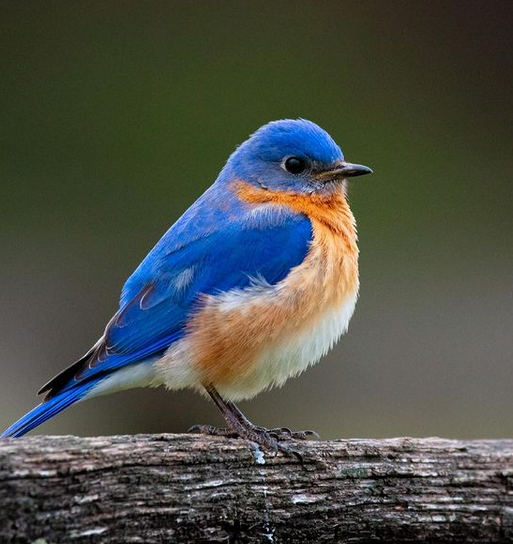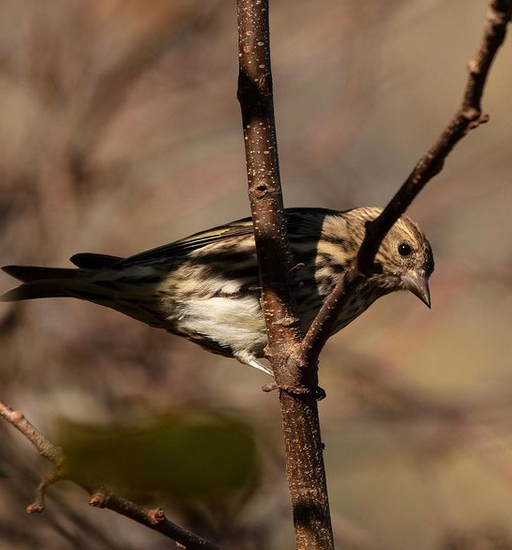Recently, I took a birding trip to Bass Lake Park to spend time with the Tree Swallows again.

They were busy feeding their little ones and were quite active throughout the morning.
Luckily I was able to snap off a few pics and video of this handsome guy sitting on a fence rail.
He wasn’t alone however, scroll down to see the other bird species who landed right next to this little guy!
A spring and summer resident of North Carolina, Tree Swallows inhabit open fields near bodies of water such as ponds or marshes, where there is a good amount of flying insects to eat. They nest in the holes of dead and live trees, as well as Bluebird boxes, holes in fence posts, and under the eaves of houses and barns.
Their breeding range extends across most of North America, while its winter range stretches from the southern coastlines of the United States into Mexico and Central America.
Come October, Tree Swallows will gather together in huge flocks consisting of thousands of birds to migrate south.
For today though, spring has just begun so we’ve still got plenty of opportunities to enjoy these lovely birds in the months ahead!
Photos by @sally_siko of @birdwatching_nc






















